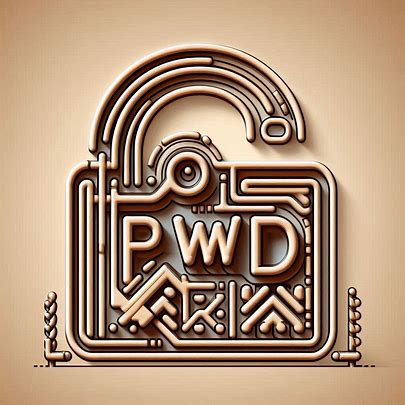PPT: Full Form, Features, Functions, and Uses
Introduction
PPT Full Form is PowerPoint Presentation. It’s a digital slideshow created using Microsoft PowerPoint, a well-known software application within the Microsoft Office suite. These presentations consist of multiple slides, each containing text, images, graphics, and multimedia elements like videos and animations.

Full Form of PPT
- PPT refers to a sequence of slides used for visual presentations. These slides incorporate images, texts, graphics, and multimedia elements like videos and animations.
- Informally, people often use the term “PPT” to refer to a PowerPoint presentation file, which typically has a “.ppt” or “.pptx” file extension.
Features of PowerPoint Presentation (PPT)
- Slide Creation: PowerPoint allows users to create individual slides containing text, images, tables, charts, and other elements. This ensures a meaningful and organized presentation.
- Templates and Themes: Pre-designed templates and themes enhance the visual appeal of your slides. Select from a range of themes to give your presentation a polished and professional appearance.
- Transitions and Animations: PPT enables smooth transitions between slides using animations.
- Multimedia Integration: Insert images, videos, audio, and animations to create dynamic and engaging presentations.
- Collaboration and Sharing: Collaborate with others by working on a presentation simultaneously. Share your PowerPoint files via email, cloud storage, or collaboration platforms.
- Speaker Notes: Add speaker notes for reference during your presentation. These notes remain hidden from the audience but help you provide additional details or cues.
Functions of PowerPoint Presentation (PPT)
- Educational Institutions: Teachers use PPTs for lectures, workshops, and classroom presentations.
- Offices and Business Meetings: Professionals utilize PPTs for project updates, sales pitches, and team meetings.
- Conferences and Seminars: PPTs facilitate information sharing and engagement during events.
- Training and Induction Programs: Companies use PPTs for employee training and orientation.
Uses of PowerPoint Presentation (PPT)
- Corporate Meetings: PPTs are commonly used in corporate settings for meetings, training sessions, and inductions.
- Educational Purposes: Teachers and students use PPTs for classroom presentations, lectures, and workshops.
- Conferences and Seminars: PPTs facilitate information sharing during conferences and seminars.
- Business Proposals: Create professional business proposals using PowerPoint.
- Sales Presentations: Sales teams use PPTs to showcase products and services.
- Project Reports: Visualize project progress and results through PPTs.
Advantages of PowerPoint Presentation (PPT)
- Visual Appeal: PPTs enhance audience engagement with visual elements.
- Customization: Tailor your presentation using themes, fonts, and colors.
- Ease of Use: PowerPoint’s user-friendly interface simplifies slide creation.
- Widespread Compatibility: PPT files can be opened on various devices.
- Effective Communication: PPTs help convey complex information effectively.
Disadvantages of PowerPoint Presentation (PPT)
- Overreliance on Slides: Presenters may focus too much on slides, neglecting verbal communication.
- Information Overload: Too much content on a slide can overwhelm the audience.
- Lack of Interactivity: PPTs are static; consider using other tools for interactive sessions.
FAQ about PPT
- What does PPT stand for?
- PPT stands for PowerPoint Presentation.
- What file extension is commonly associated with PPT files?
- PPT files typically have a “.ppt” or “.pptx” extension.
- Can I collaborate on a PPT with others?
- Yes, PowerPoint offers collaboration features for simultaneous work on a presentation.
- What are speaker notes, and how can I use them?
- Speaker notes serve as a reference during your presentation.








